|
Domaine Marcel Lapierre
Beaujolais, Part 7
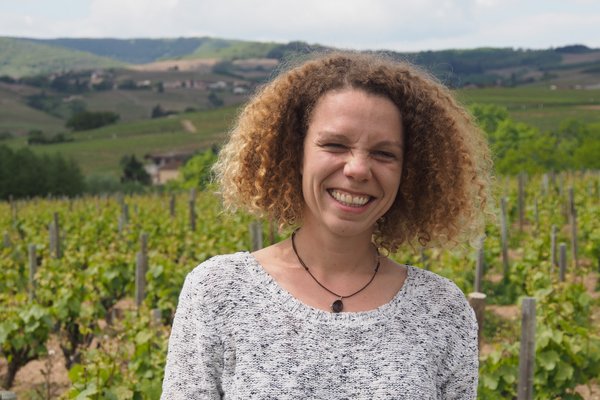
Camille Lapierre
I
visited with Camille Lapierre, of domaine
Marcel Lapierre,
which she runs with her brother Mathieu. Of all the domaines in
Beaujolais, Lapierre is perhaps the one with the biggest name check
factor, because of the importance of what Marcel Lapierre did for
the region.
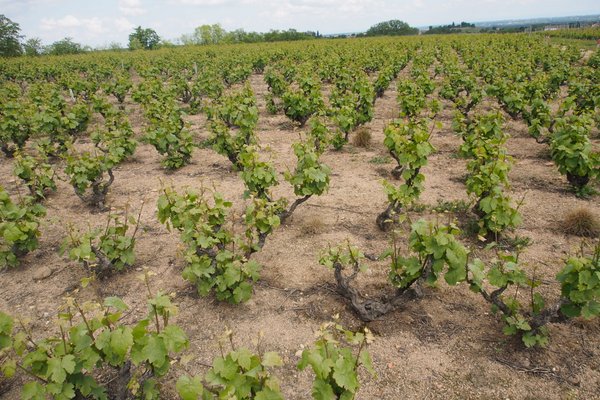
The domaine was founded by their grandfather, who was one of the
first to bottle in the area. It was their father Marcel, who died in
2010, who was largely responsible for the reputation Lapierre enjoys
today. He took over in 1973, but in 1981 he met Jules Chauvet, the
famous wine scientist, who's widely considered to be the father of
the natural wine movement. Chauvet led Lapierre to work in a more
natural direction. Lapierre was one of the gang of four, later five,
who worked naturally and raised the reputation of the region, making
wines that caused the world to sit up and take notice.
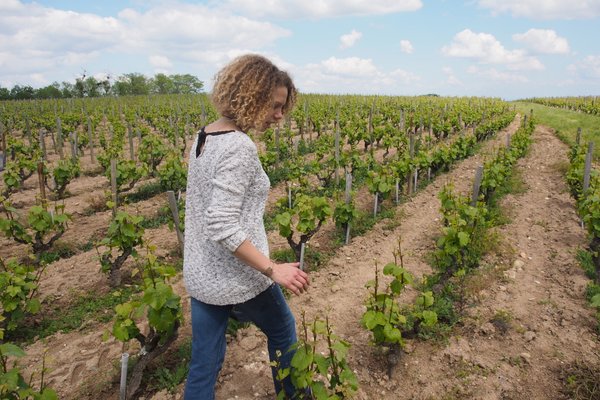
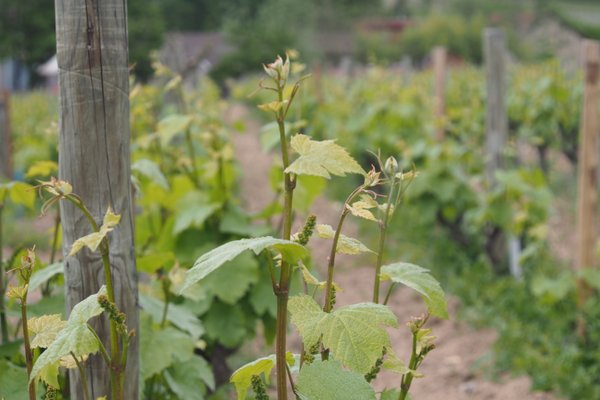
The domaine consists of 16 hectares, and the latest additions
were a couple of hectares in Côte de Py in 2012. They are farmed
organically. Camillie explained how they had trialled biodynamics
for several years and given up because they didn't see much of a
difference. She thinks this is because they had never messed up
their soils. Marcel, her father, had met Jules Chauvet just in time,
during the 1970s, at a time when everyone was moving towards
herbicides as a more efficient way of controlling weeds. Chauvet
warned Lapierre off the new chemical solutions, as well as
encouraging him to vinify without the use of sulphur dioxide.
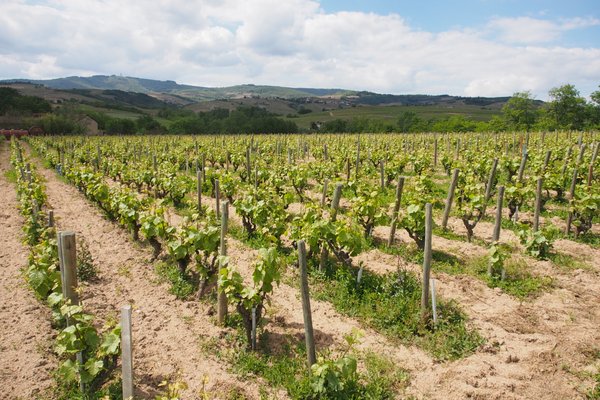
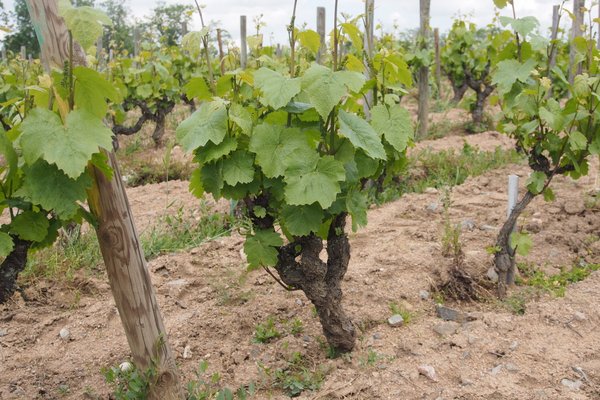
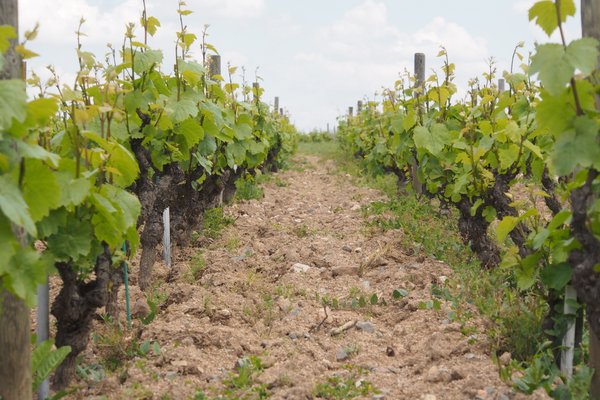
Winemaking here hasn't changed with the new generation. They make a
selection on the vine so that they only bring into the winery clean,
whole bunches, with no dried grapes and no unhealthy grapes. These
are then put into wooden tronconic fermentation vats which take 4
tons each. Carbon dioxide is used to fill the remaining space and
the weight of the grapes causes some juice to pool at the bottom.
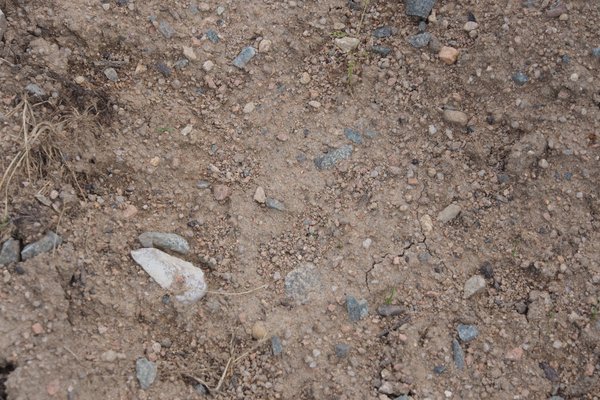
Fermentation starts inside the grapes with an enzymatic
transformation and after 2-3 days alcoholic fermentation starts at
the bottom of the tank. Altogether, it takes around 3 weeks for
fermentation to take place and pressing occurs in a vertical press.
The wines are then matured in older oak without any additions at
all.
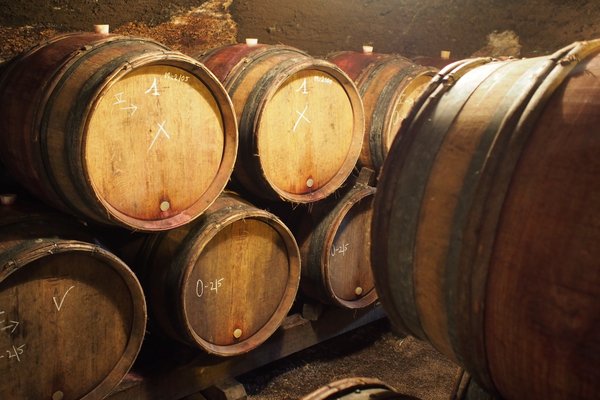
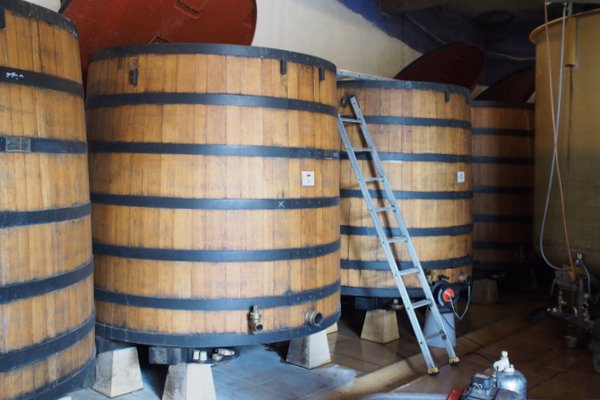
2015 was a weird vintage, she says, with very dry conditions,
resulting in wines with high pH and high alcohol. They have a
tendency to be unstable and liable to oxidation, so in this vintage
they won't be making any of their N cuvée. Typically, each year
they make and N
and S cuvées, with the latter receiving a bit of
sulphur dioxide at bottling, and the former none. Harvest for 2015
was on August 23rd, which is really early, and the potential
alcohols were 15-16%, which is unprecedented. Camille was asked what
she wanted for Christmas in December 2015: her response was 'dry
wines'.
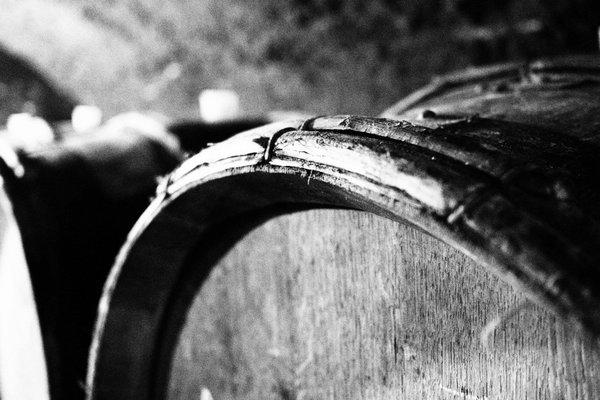
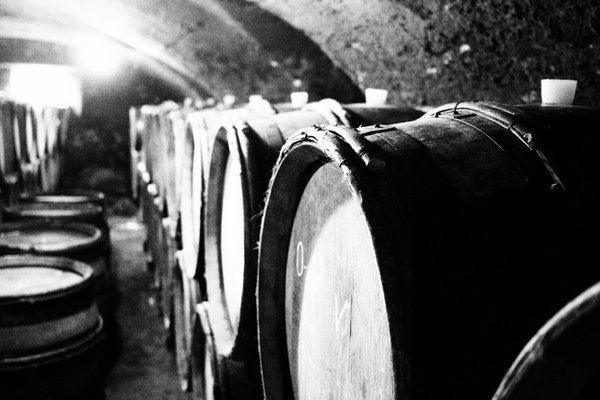
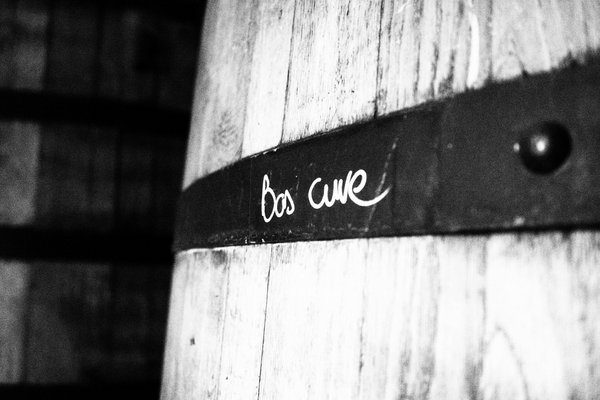
The 2015 wines at Lapierre were still in barrel when we visited (in
April 2016). It was such a big year that the fermentations had been
slow, and the wines aren't yet blended. We tried a few barrel
samples and they are looking very impressive indeed, in a big sort
of way.
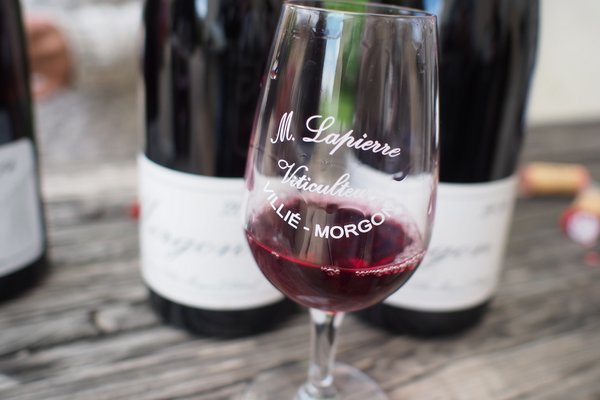
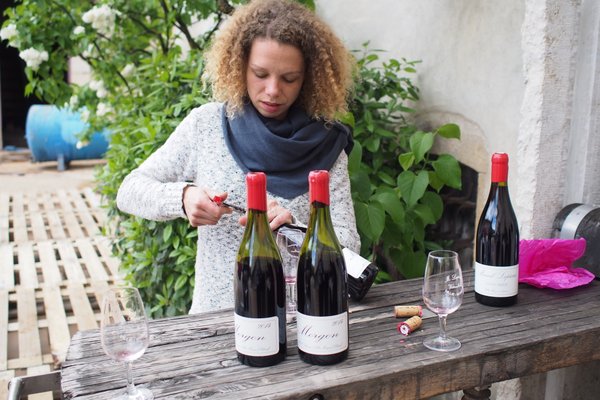
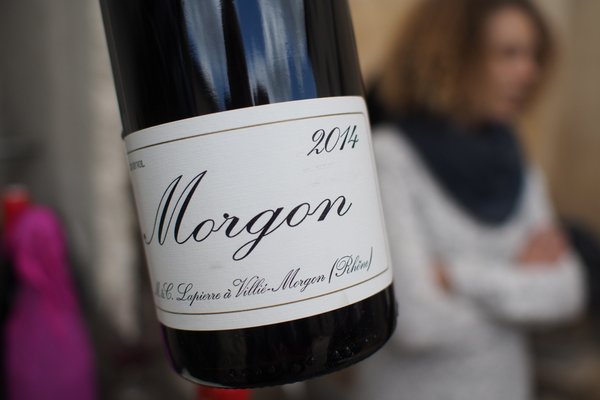
We
then looked at the two 2014 Morgons: one made without any added
sulphites and one with just a little added at bottling. The latter
was tighter and more precise, but both were quite beautiful, and
it's hard to say which I preferred. The 2015 will not be made in a
no added sulphites version. Cuvee Camille is an incredible wine with
real finesse in the 2014 vintage (2013 was the first), and this is
quite thrilling. The 2014 Cuvée Marcel Lapierre is from schist-rich
soils on the Côte du Py, plus a couple of other parcels of old
vines, and it is sappy, vivid, fine-grained and astonishingly good.
We then looked at the 2011 and 2008 vintages of the Morgon. 2011 is
showing beautifully; 2008 is drinking very well but this tastes
older than it is, from a very cool vintage.
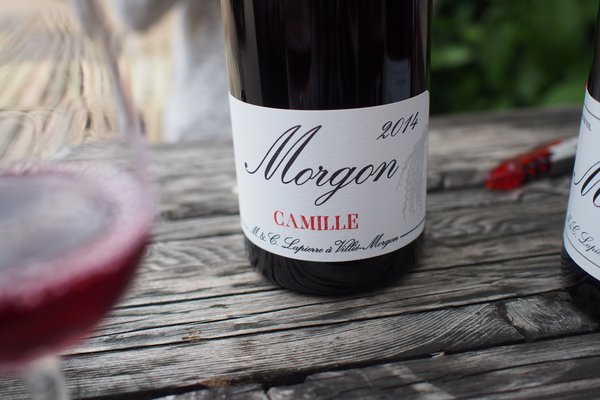
THE
WINES
Lapierre Raisins Gaulois 2016 Vin de France
Smooth, sweet and textural with nice pure raspberry and cherry
fruit. Softly structured with a silky mouthfeel and a hint of green.
Some pepper hints, too, finishing with a little sour twist. 91/100
(06/18)
Lapierre Raisins
Gaulois 2015 Vin de France
From 20-30 year old vines, carbonic maceration. It's
bottled too
early to call it Morgon, but too late to be Nouveau, so it's vin de
France, and it's screwcapped. Camille says it is a wine to drink
under the shower. Very lively, fresh and juicy with black cherry and
raspberry fruit. Supple and drinkable with floral fruit and a bit of
grip. Smashable. 90/100 (04/16)
Lapierre Morgon 2017 Beaujolais, France
Supple, smooth and sweetly fruited with fine spices. Very expressive
with lovely smoothness and grainy structure. There's some CO2
evident. Very youthful but with lovely weight. 93/100
(06/18)
Lapierre Morgon 2016 Beaujolais, France
Supple and fine with a nice spicy edge to the robust cherry and plum
fruit. Really expressive with nice grainy structure. Complex and
detailed. 93/100 (04/18)
Lapierre Morgon 2014 Beaujolais, France (No added sulfites)
This is the cuvee with no additions. Fine, fresh and silky with
sappy notes and nice brightness. Juicy red cherry and raspberry
fruit with a touch of greenness, but this is a lovely integrated
green. Juicy, focused, bright and linear, this is a little more open
than the added sulfites bottling. 95/100 (04/16)
Lapierre Morgon 2014 Beaujolais, France (with some sulfites at
bottling)
This is the cuvee that has a bit of SO2 added at bottling, with a
total of around 25 mg/litre. Fine, floral aromatic nose is fresh and
sappy with silky cherry fruit and some raspberry notes. Fresh but
fine with lovely raspberry brightness and elegant tannins and good
acidity. 94/100 (04/16)
Lapierre Morgon Cuvee Camille 2014 Beaujolais, France
This is from granite soils on Côte du Py, and it was first made in
2013. Very silky, fine, pure and linear with real finesse. Lovely
tight red berry fruits. Redcurrant notes. Sappy and vital with real
precision. 95/100 (04/16)
Lapierre Morgon Cuvee Marcel Lapierre 2014 Beaujolais, France
This is from schist soils on Côte du Py. Beautifully aromatic. Pure
and floral with a sappy edge and also nice ripeness. Silky with a
generous liqueur-like cherry note as well as supple raspberry fruit.
Crisp but with generosity, and fine-grained tannins. 96/100 (04/16)
Lapierre Morgon 2011 Beaujolais, France
This is the version with SO2. Supple and bright with nice juicy red
cherry and plum fruit. It's a bit grippy with nice fresh raspberry
brightness. Still primary and focused with a lively, vivid
personality and good acidity. 94/100 (04/16)
Lapierre Morgon 2011 Beaujolais, France
I
didn't note which version this was. Warm, supple and sappy with nice
rich texture and some cherry and plum fruit. This has lovely fine
grained structure, and it's sweet and smooth with nice texture, as
well as some fine spicy notes. 93/100 (04/16)
Lapierre Morgon 2009 Beaujolais, France
This is the version that has some SO2 added (labelled S on the
back label). Wonderfully detailed with a warm spicy, savoury
character. Fine herbs with some sweet tea leaf notes. There's a
warmth at the end of the palate. So textural, complex and savoury
with some pepper and herbs as well as some texture. Smoky, meaty
cherry and berry fruits with lovely texture. There's a bit of lift
here but also lovely harmony and beauty. 94/100 (02/17)
Lapierre Morgon 2008 Beaujolais, France
This was from a cold, rainy vintage. Faded red colour. Supple and
bright with a sappy edge to the fruit. Some pepper and a hint of
mint, with some grip. Bright juicy raspberry notes. 91/100 (04/16)
BEAUJOLAIS
 Part
1,
Yvon Metras Part
1,
Yvon Metras
 Part
2,
Pierre Cotton Part
2,
Pierre Cotton
 Part
3, Yann Bertrand Part
3, Yann Bertrand
 Part
4,
David Chapel Part
4,
David Chapel
 Part
5,
Château Thivin Part
5,
Château Thivin
 Part
6, Jean-Marc Burgaud Part
6, Jean-Marc Burgaud
 Part
7, Domaine Marcel Lapierre Part
7, Domaine Marcel Lapierre
Wines
tasted
as indicated (mm/yy)
Find these wines with wine-searcher.com
Back
to top
|

